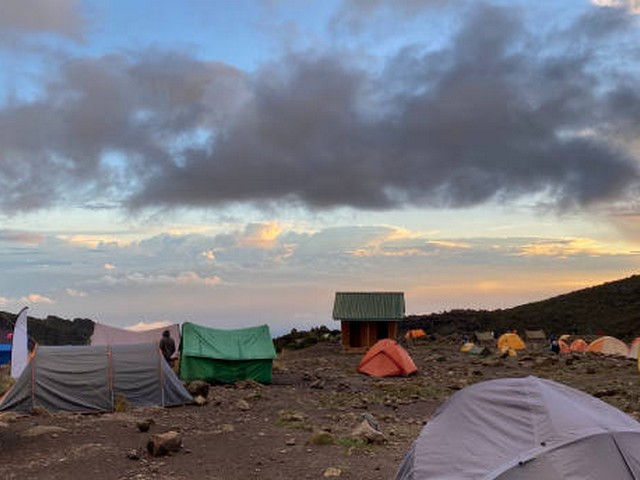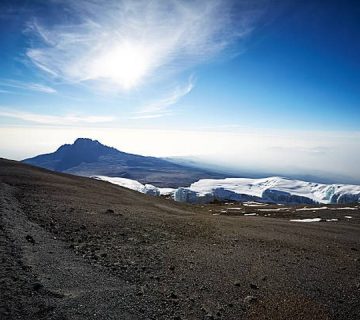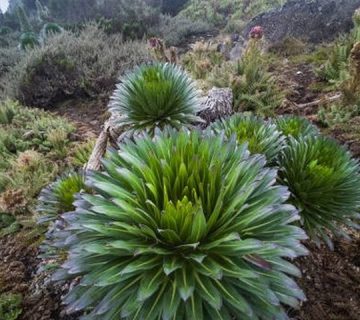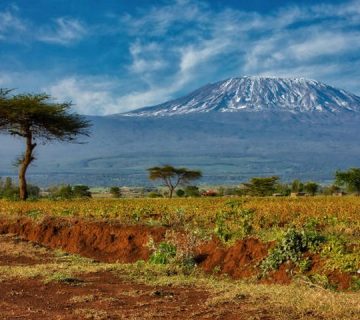Community-driven Kilimanjaro Trekking Experiences: A Journey with a Heart
Welcome to the majestic Mount Kilimanjaro, a beacon of adventure and natural beauty that calls out to the hearts of travelers from around the globe. At the Kilimanjaro Centre for Trekking and Ecotourism (KCTE), we believe that climbing Kilimanjaro is more than just a trek; it is an opportunity to connect with local communities, immerse yourself in a rich cultural heritage, and contribute to sustainable tourism. Join us as we explore the transformative power of community-driven Kilimanjaro trekking experiences.
Why Choose Community-driven Trekking?
Embarking on a community-driven trek up Kilimanjaro offers a unique and enriching experience that goes beyond the physical challenge of reaching the summit. It’s about:
- Cultural Immersion: Engage directly with the local Chagga people, learning about their traditions, stories, and ways of life.
- Supporting Local Economies: Your trek contributes to the local economy, providing jobs and supporting community projects.
- Environmental Stewardship: Community-driven treks emphasize eco-friendly practices and conservation efforts to protect the mountain’s fragile ecosystems.
Every step you take not only brings you closer to the sky but also deeper into the heart of Kilimanjaro’s community.
The Role of Local Guides and Porters
At KCTE, we pride ourselves on our team of local guides and porters, who are not only experts in navigating the mountain but are also passionate ambassadors of their culture. Here’s how they make all the difference:
- Expertise and Safety: With years of experience, our guides ensure your safety and comfort, making your journey as smooth as possible.
- Cultural Bridge: They are your gateway to understanding the local customs and histories, enriching your trekking experience.
- Economic Impact: By hiring local staff, we ensure that the benefits of tourism are shared within the community.
Meet Our Guides – Guide Profiles
Learn more about the faces that will be your companions and mentors on this incredible journey.
Community Projects You’ll Support
When you book your Kilimanjaro trek with KCTE, you automatically contribute to various community projects that we passionately support. These include:
- Educational Initiatives: Funding goes towards improving infrastructure and resources in local schools.
- Conservation Efforts: We support reforestation and wildlife conservation programs to preserve the biodiversity of the Kilimanjaro region.
- Health and Wellbeing: Contributions help enhance local healthcare facilities and services.
Explore Our Impact – Community Impact Report
Discover the tangible changes that your trek has contributed to.
Choosing the Right Route for Community Engagement
Kilimanjaro offers several routes, each with its unique characteristics and opportunities for community engagement. Here’s a brief overview to help you choose:
- Marangu Route: Often called the “Coca-Cola” route, this path allows trekkers to stay in huts operated by the local community and interact with vendors along the way.
- Machame Route: Popularly known as the “Whiskey” route, this option offers stunning natural scenery and more challenging treks, with ample opportunity to engage with your guide and learn about local flora and fauna.
Route Comparison – Kilimanjaro Routes Overview
Get detailed insights into each route to make a well-informed decision about your trek.
What to Expect: A Day on the Mountain
Imagine waking up to the soft murmur of your guide preparing breakfast while the first rays of sun touch the peaks of Kibo. Each day on the mountain brings new landscapes and deeper conversations with your team. From rainforests to alpine deserts, every step is a lesson in nature and resilience.
- Morning: Begin with a hearty breakfast followed by a briefing on the day’s trek.
- Midday: Enjoy packed lunches amidst breathtaking views, with stories shared by your guide.
- Evening: Reach your campsite, where you can relax and dine under the stars, listening to tales from local porters.
Pack List Essentials – Packing Guide for Kilimanjaro
Ensure you’re fully prepared for every part of your Kilimanjaro adventure.
Frequently Asked Questions (FAQ)
Q: How fit do I need to be to climb Kilimanjaro?
A: While you don’t need to be an elite athlete, a good level of fitness is required. It’s advisable to undertake several months of training before your trek.
Q: What’s the best time to climb Kilimanjaro?
A: The best times are during the dry seasons, from June to October and from December to March.
Q: How does my trek benefit the local community?
A: A portion of your trek fees goes directly into local community projects, and by employing local staff, we ensure economic benefits are well-distributed.
Q: What should I bring for the trek?
A: Essential items include sturdy hiking boots, thermal layers for the summit, a sleeping bag, and a waterproof jacket. Check our detailed packing guide for more information.
Ready to Embark on Your Kilimanjaro Journey?
At KCTE, we are dedicated to providing an unforgettable Kilimanjaro experience that also uplifts the local communities. By choosing a community-driven trekking experience, you are stepping into a larger story, one of cultural exchange, mutual respect, and shared adventure.
Book Your Climb with Us.
Embark on a journey like no other. Book your community-driven Kilimanjaro trekking experience with Kilimanjaro Centre for Trekking and Ecotourism (KCTE) today and take the first step towards a trek that touches more than just the summit.
Let’s climb not just mountains, but also possibilities. Join us on this remarkable adventure where every step counts, not only towards the summit but towards making a difference.




